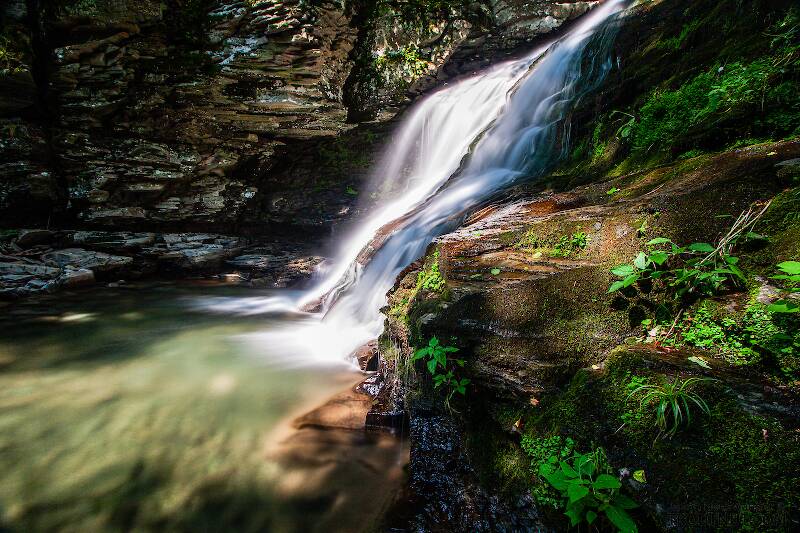
Hex Mayflies
Hexagenia limbata
The famous nocturnal Hex hatch of the Midwest (and a few other lucky locations) stirs to the surface mythically large brown trout that only touch streamers for the rest of the year.
Featured on the forum

Troutnut is a project started in 2003 by salmonid ecologist Jason "Troutnut" Neuswanger to help anglers and
fly tyers unabashedly embrace the entomological side of the sport. Learn more about Troutnut or
support the project for an enhanced experience here.
Caddisfly Species Himalopsyche phryganea (Green Sedges)
Where & when
Preferred waters: Small streams
In 4 records from GBIF, adults of this species have been collected during June (50%) and April (50%).
Species Range
Start a Discussion of Himalopsyche phryganea
References
- LaFontaine, Gary. 1981. Caddisflies. The Lyons Press.
Caddisfly Species Himalopsyche phryganea (Green Sedges)
Species Range
Common Name
Resources
- NatureServe
- Integrated Taxonomic Information System
- Global Biodiversity Information Facility
- Described by Ross (1941)


